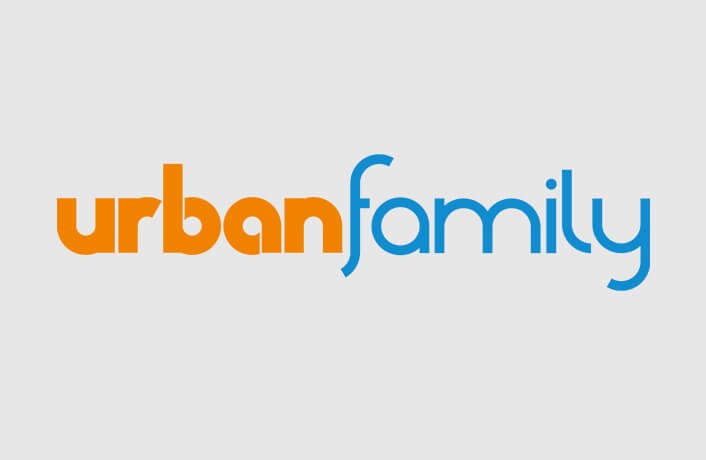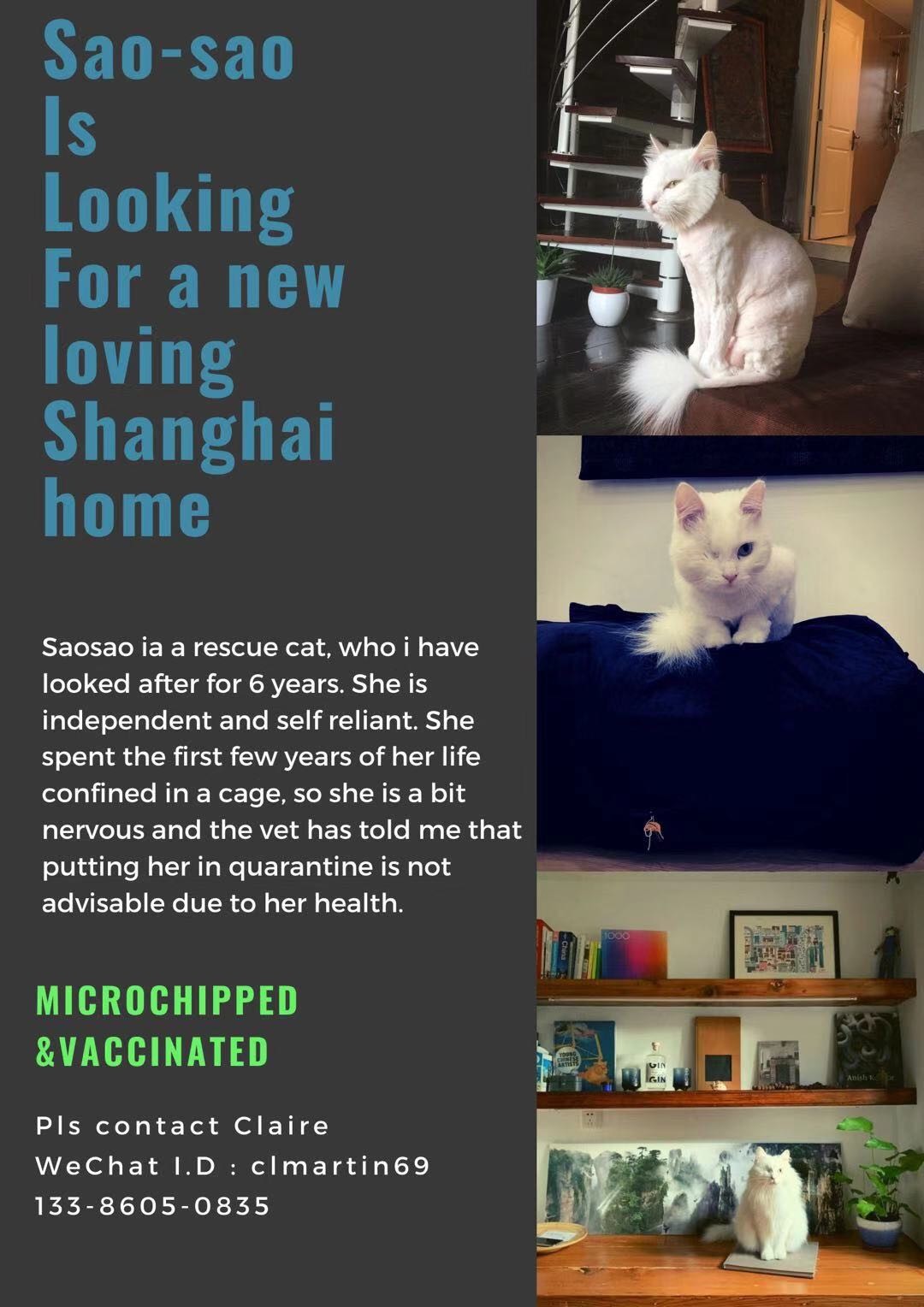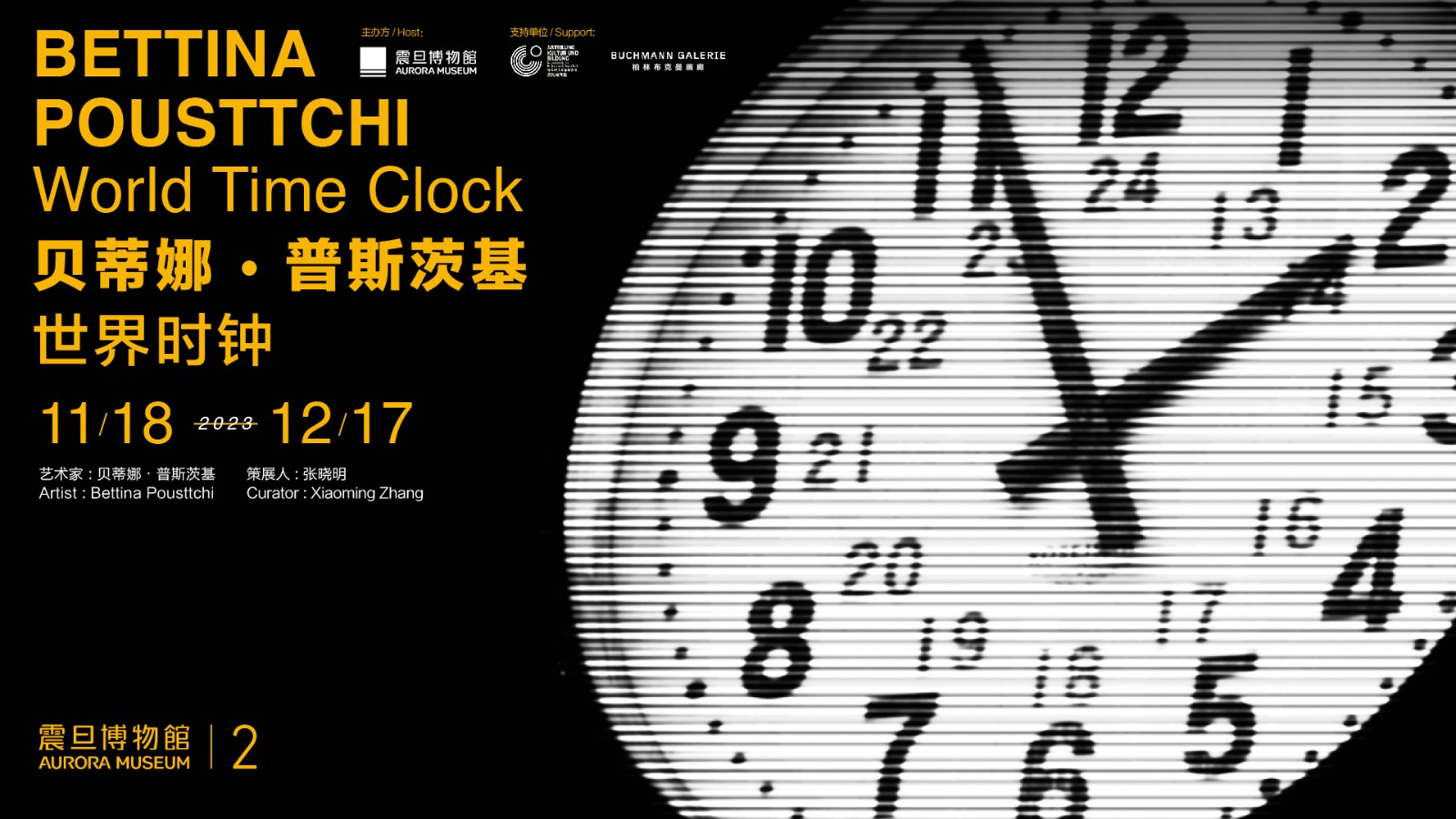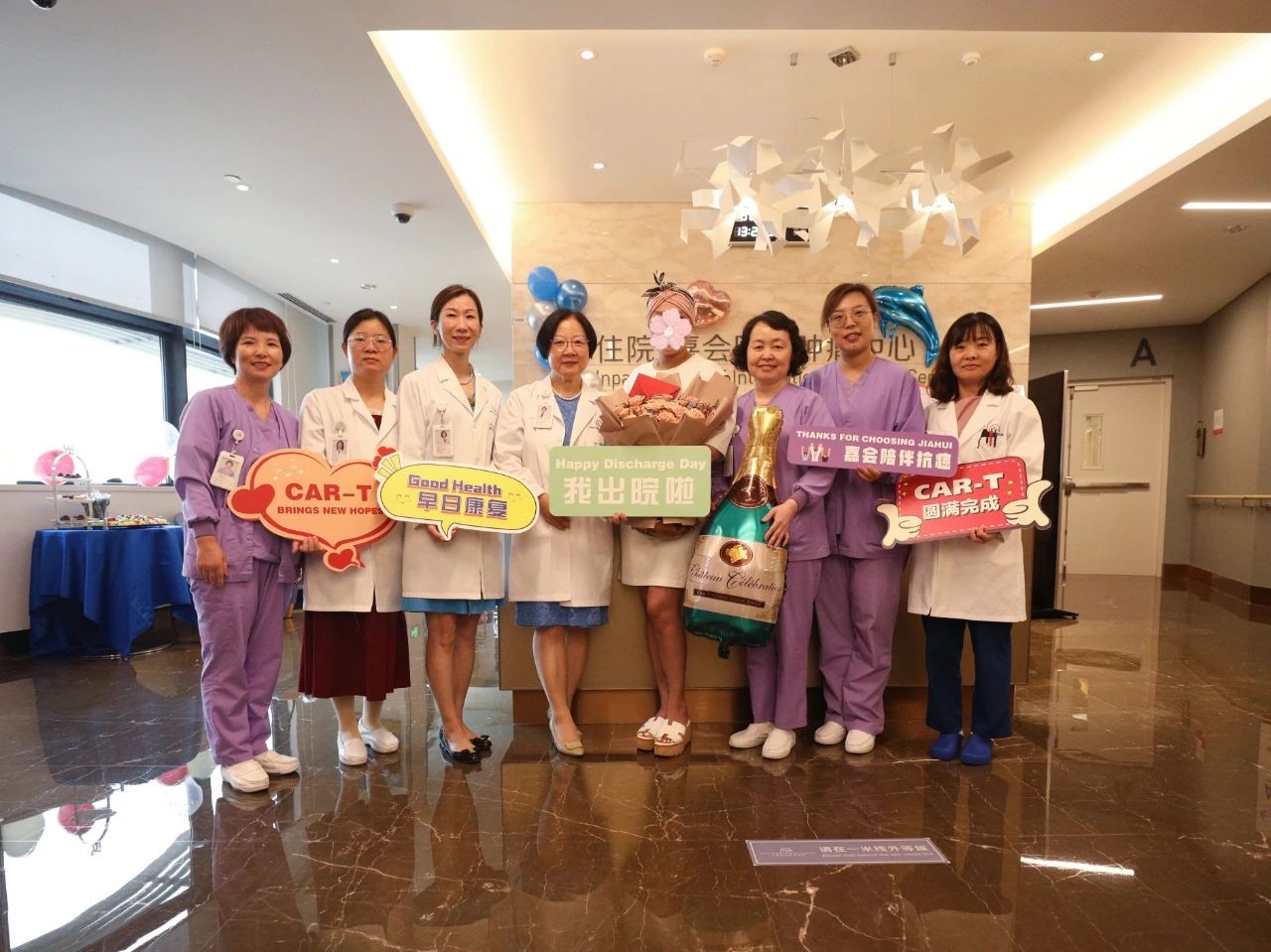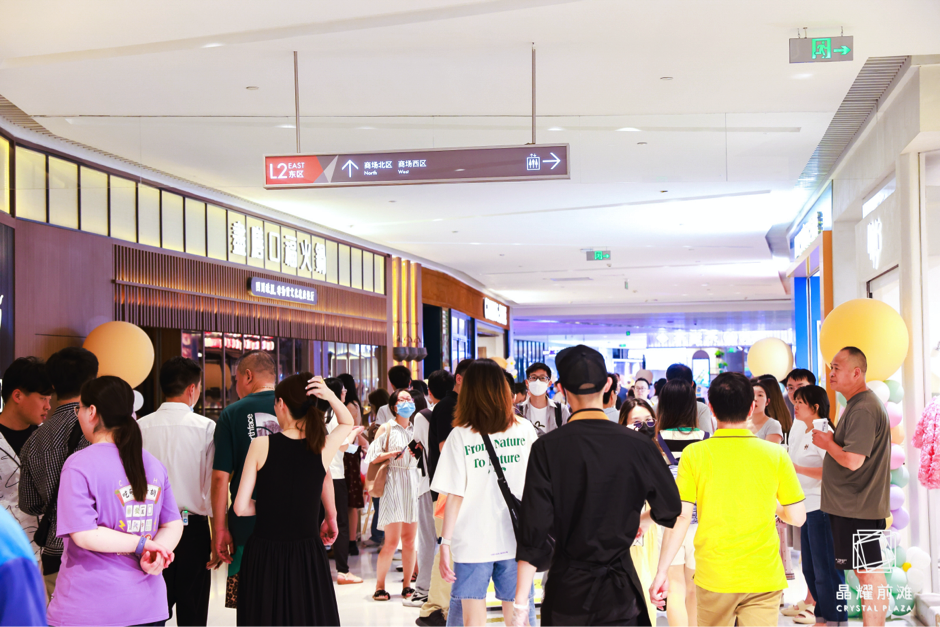Navigating China's Wet Markets
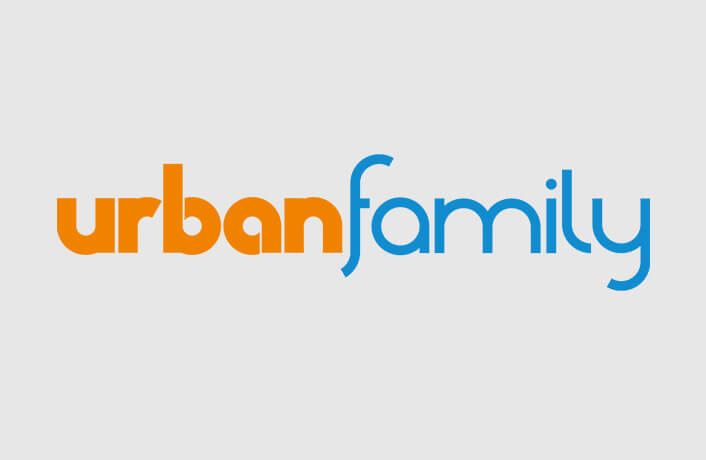
By: Jamie Barys, Glutton Guide Publisher
Decapitated fish still gasping for breath, wriggling eels in plastic bins and unrecognizable vegetables – these are the shockers that frighten many of Shanghai’s new expats away from the wet markets, but don’t give up on your local grocery so quickly. Foreign markets and online grocery stores may have plenty to offer when it comes to imports, but nothing tops wet markets when it comes to freshness.
Wet markets get their name from their slick floors, a combination of produce vendors spritzing their veggies to enhance shelf life, fishmongers selling live fish that thrash in tubs and butchers slaughtering chickens to order (although this rarely happens now in a post-avian flu world). Today, wet markets are made up of regulated vendors who source local ingredients and sell them at peak freshness.
In the increasingly fragmented food shopping market, hypermarkets like Carrefour and online retailers like Yi Hao Dian have gained market share, but wet markets are still a must-visit for fresh vegetables. Produce is usually bought during the pre-dawn hours at wholesale markets (where some of the hypermarkets also shop), and these fresh-from-the-farm veggies are predominantly sourced from suburban farms within 50 kilometers of the city. The lack of refrigeration and packaging at wet markets actually works in favor of the customers, as produce is bought and sold daily without being left for weeks in a cold storage facility before making it to the storefront.
Twenty years ago, ration tickets would have been required to purchase a daily allotment of grains and greens, but haggling is now your ticket to a good deal. In the 1980s, wet markets became one of the many “liberalized” businesses released from state ownership, allowing vendors to set their own prices. Now almost 80 percent of the stalls in Shanghai’s wet markets are privately owned, so it’s important for shoppers to arm themselves with some knowledge of what’s in season and how much things cost. The best bet is to find the sweetest little old lady selling cucumbers and go back to her often – she’ll start throwing in fistfuls of cilantro or a bulb of garlic for free after she realizes you are a regular.
Chinese customers tend to shop at these markets daily to maximize freshness, and thanks to the municipal government directives, Shanghai is supposed to have one wet market per square kilometer by 2020. That doesn’t mean wet markets aren’t falling victim to the city’s rapid urbanization. The famously stinky Jiashan Market at the corner of Taiyuan Lu and Jianguo Lu was shut down earlier this year, and Tangjiawan and its neighboring market streets are slated for demolition in August.
But Chinese wet markets as a whole aren't going anywhere. The ones that are being torn down are the ones with the most character, but often the ones that have unlicensed vendors on the street (Tangjiawan) or shoddy construction that was originally only intended to be temporary (Jiashan). The government has made it very clear that food security is a top priority, and while hypermarkets like Carrefour generally have higher hygiene standards than typical wet markets, they also rely more on imported products while wet markets support local agriculture.
To learn more visit: www.gluttonguides.com
Get the weekly newsletter!
Sign up to get the entertainment, lifestyle and event news from Urban Family every week!Classified Posts
News




